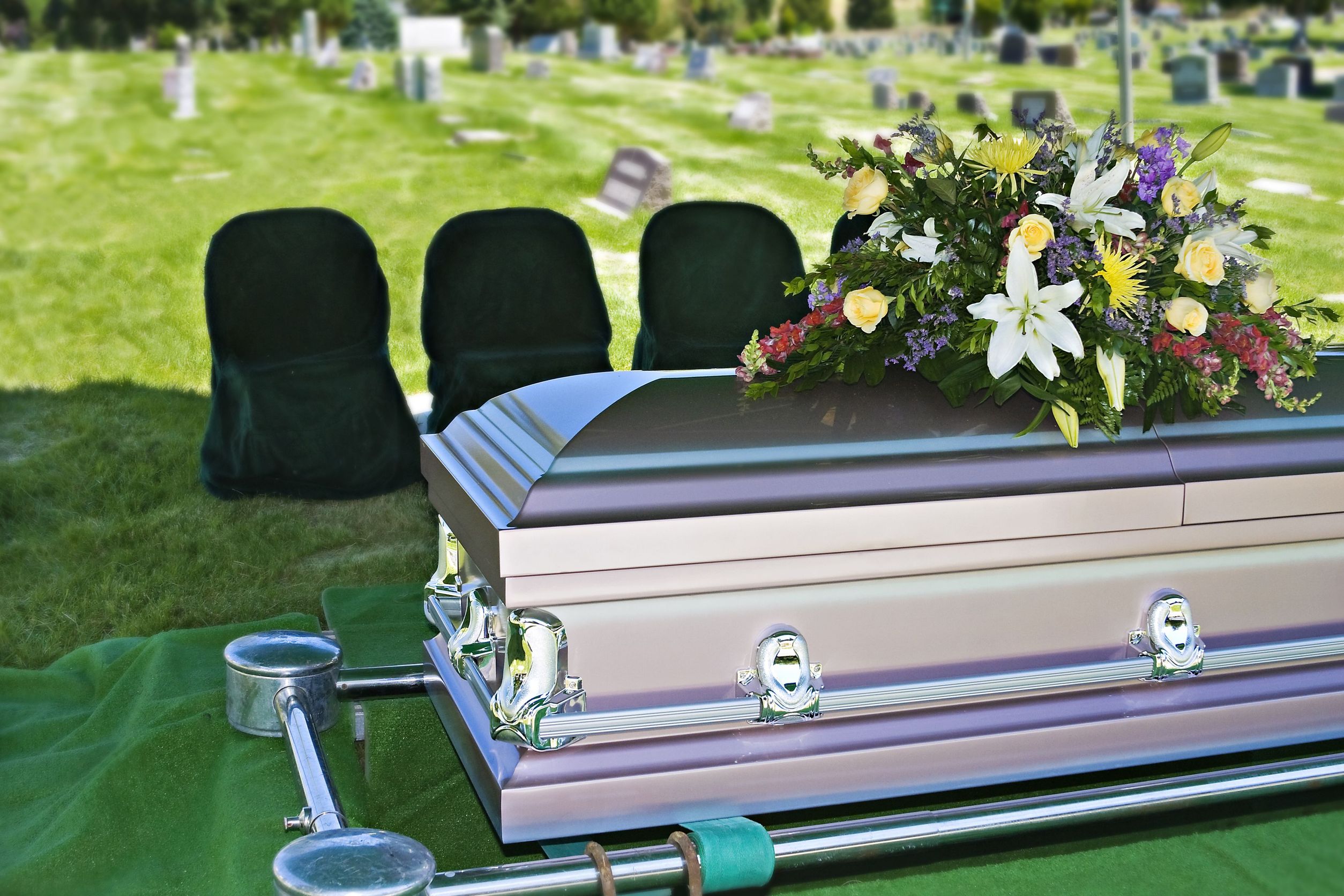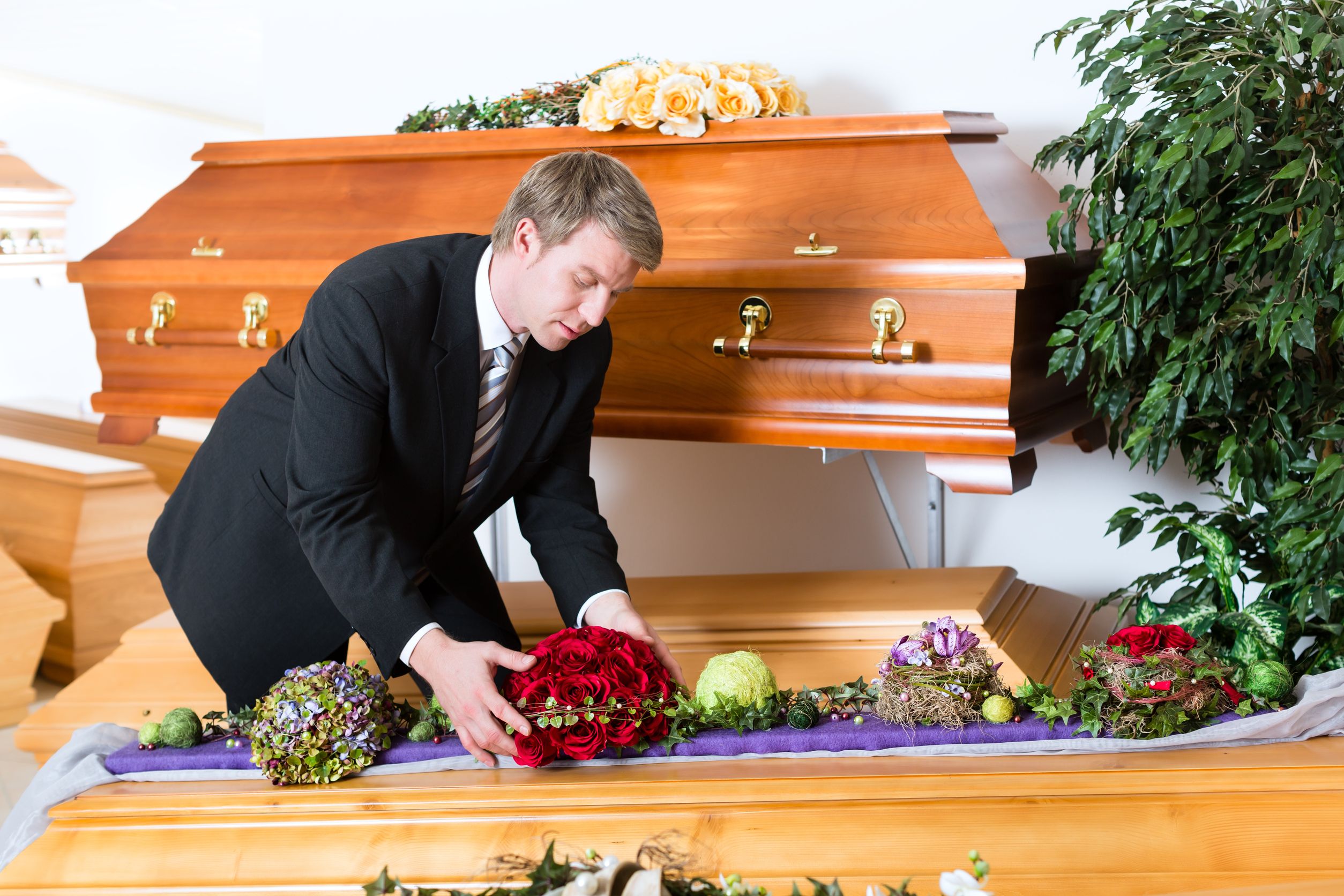Direct Cremation is an affordable alternative to the traditional type of burial. While this process can help to significantly reduce the costs at the funeral home, there are also other financial benefits offered from the headstone provider and cemetery. For those who decide not to bury the remains that are cremated, and many people choose this option, they can eliminate a number of factors that make the traditional funeral and burial so costly.
Some of the costs that can be eliminated by selecting Direct Cremation over other options include:
* The expensive casket
* Charge for the use of a funeral home and staff
* Embalming
* Hairdressing and cosmetic charges
* Church or chapel fees
* Grave marker or headstone
* Opening and closing of the casket
* Grave or vault liner
* Mausoleum crypt or burial plot
* Fees for transporting the body
* Visitation or viewing charges
However, prices are not the only benefit offered by cremation. There are some people who prefer this option because the ashes are able to be taken from place to place. This will allow a family to take the remains of a loved one along with them if they were to move. Also, many people feel that selecting cremation instead of burial is better for the environment since no land will be disturbed.
The process of cremation is also much more expedient and simple. The entire process typically only takes two to three days. Also, when this option is selected, it will require much less of a commitment from the deceased person’s family. With cremation there are also a number of additional disposition options. While many families choose to retain the ashes, there are a number of other options to choose from, as well.
More information about cremation and what it has to offer can be found by contacting Evergreen Washelli. Taking the time to determine the right option will help provide a number of benefits for a family. Don’t make a rush decision since a family may regret it down the road, but rather carefully consider all the options to determine which one best suits the needs of the family and needs of the deceased individual.







